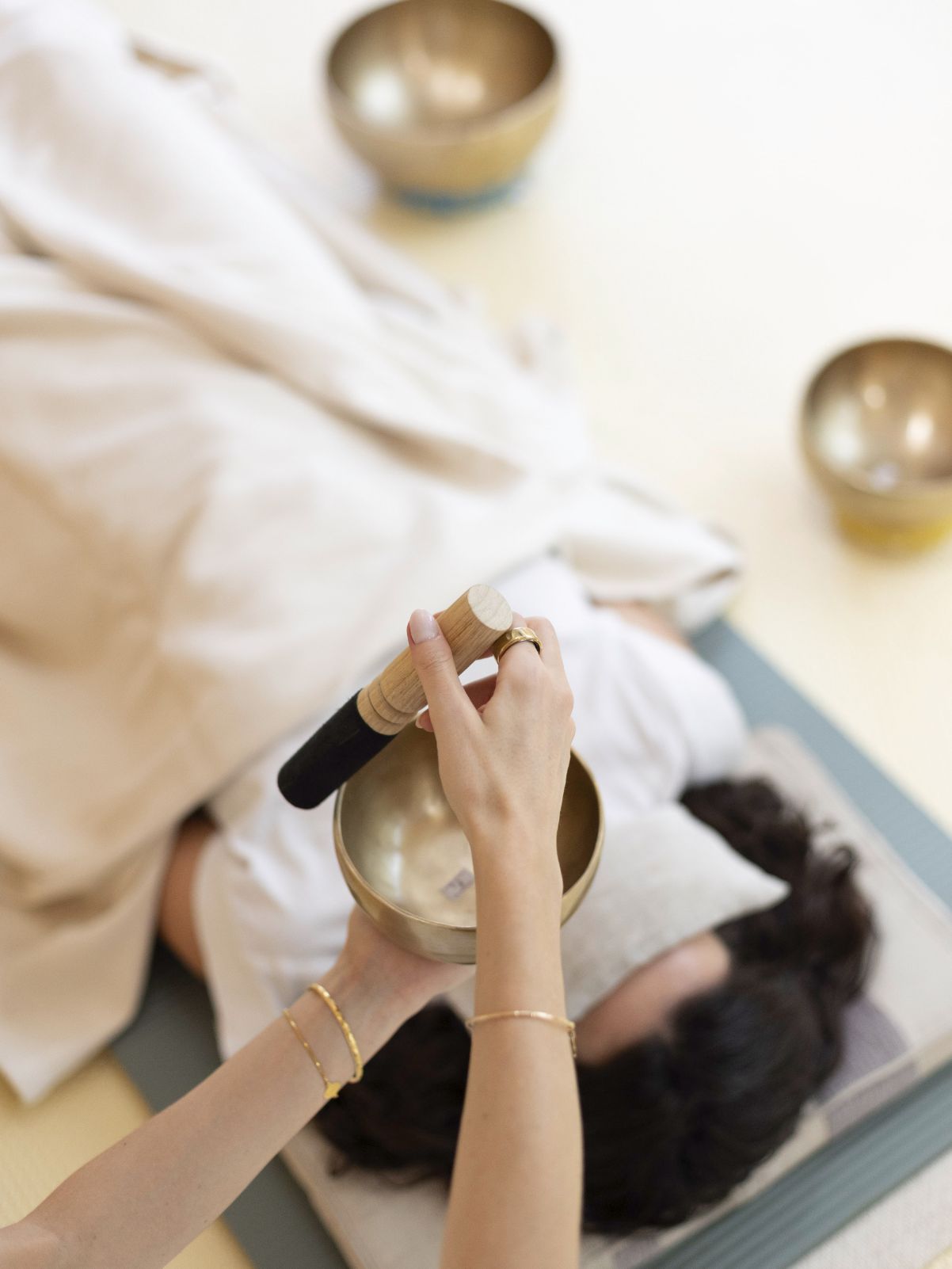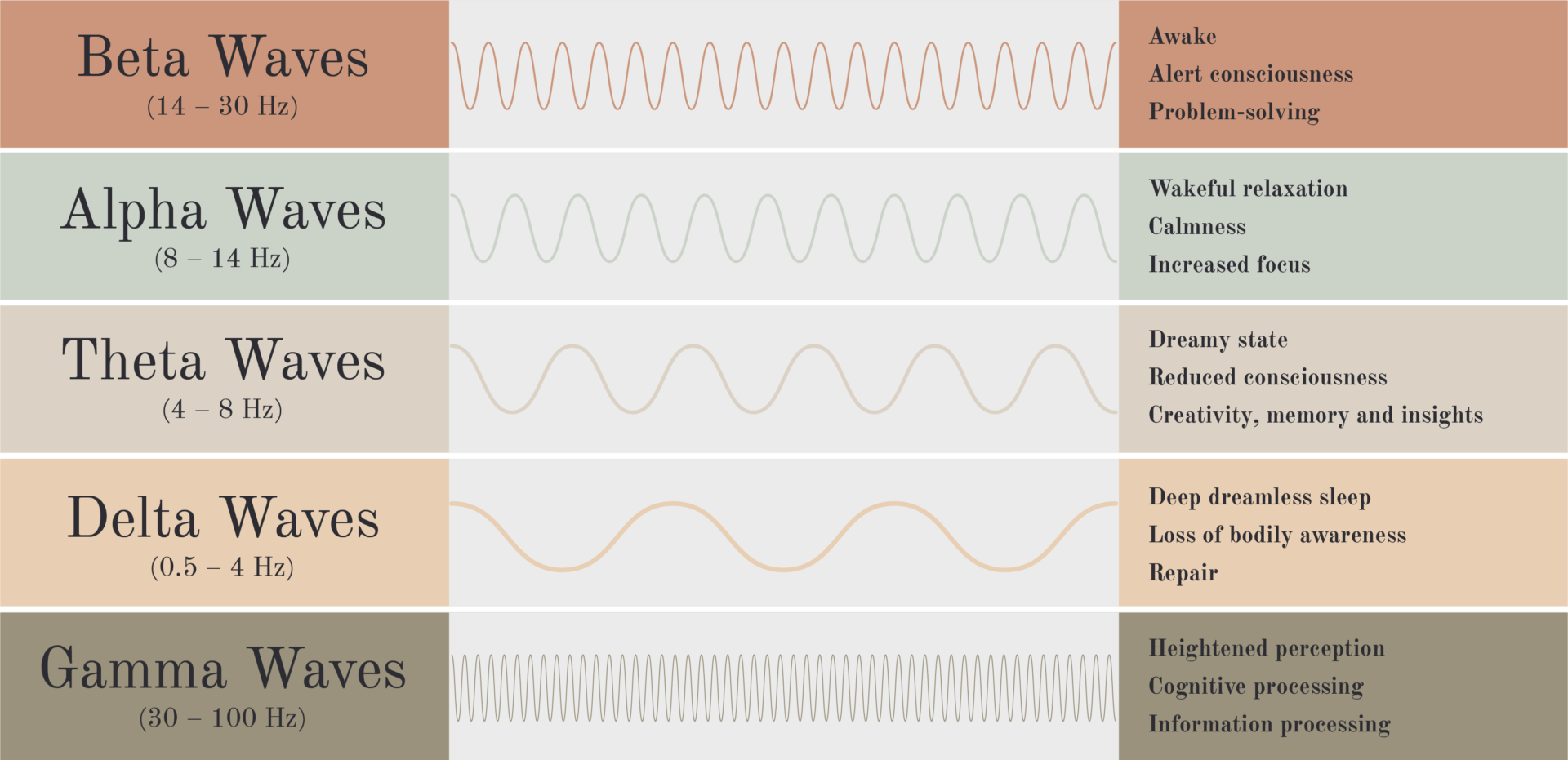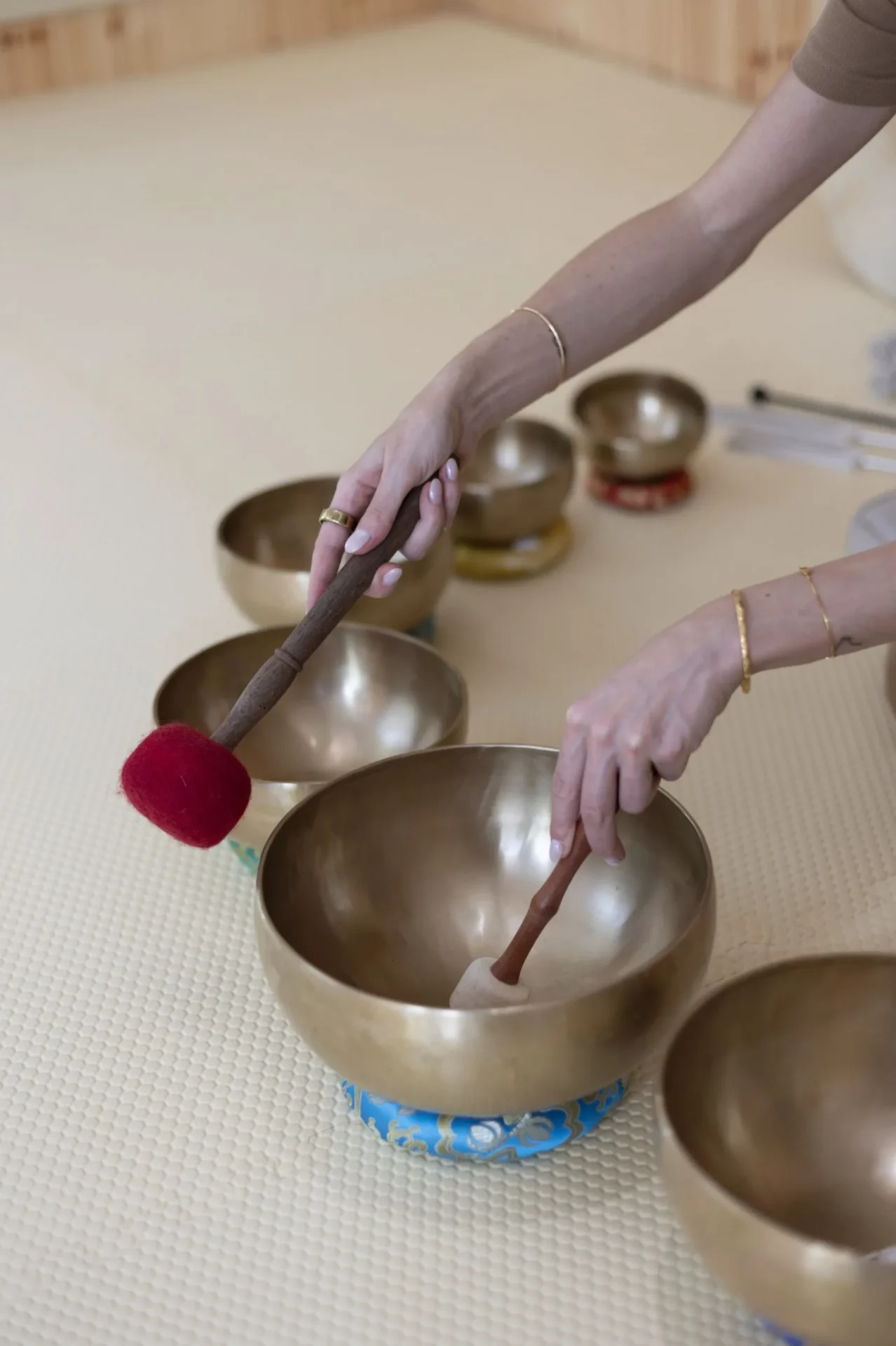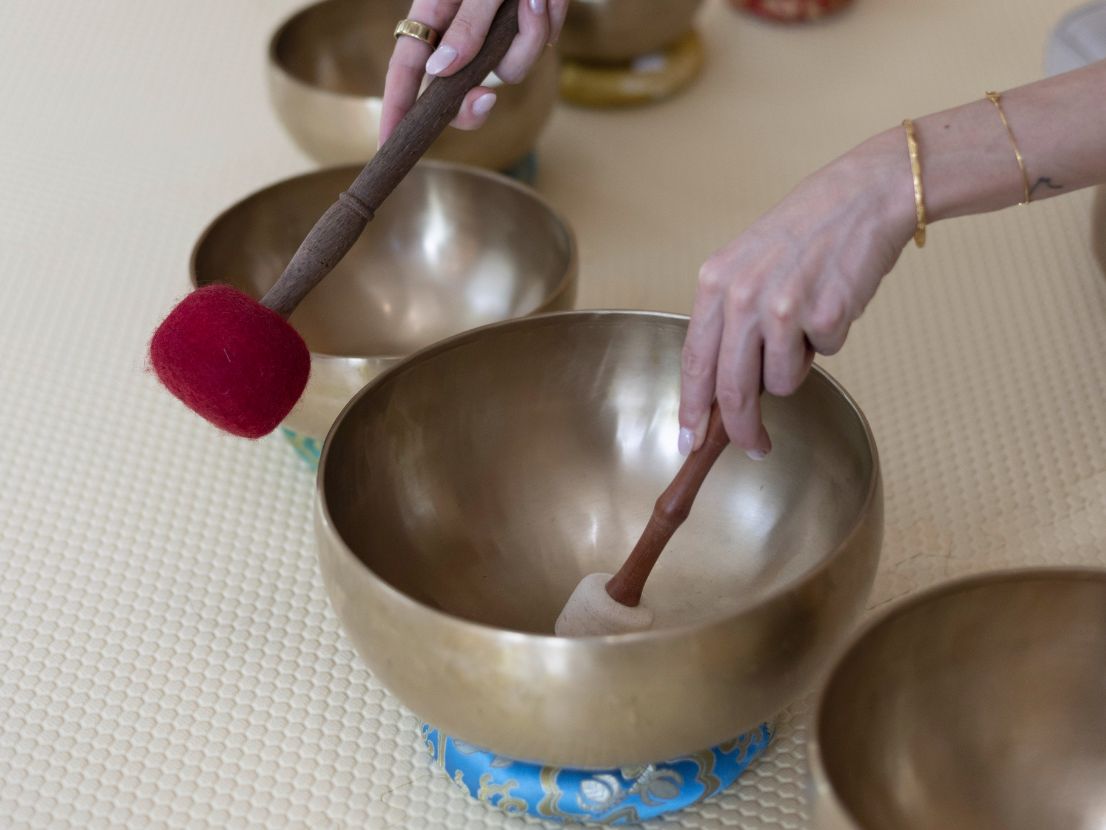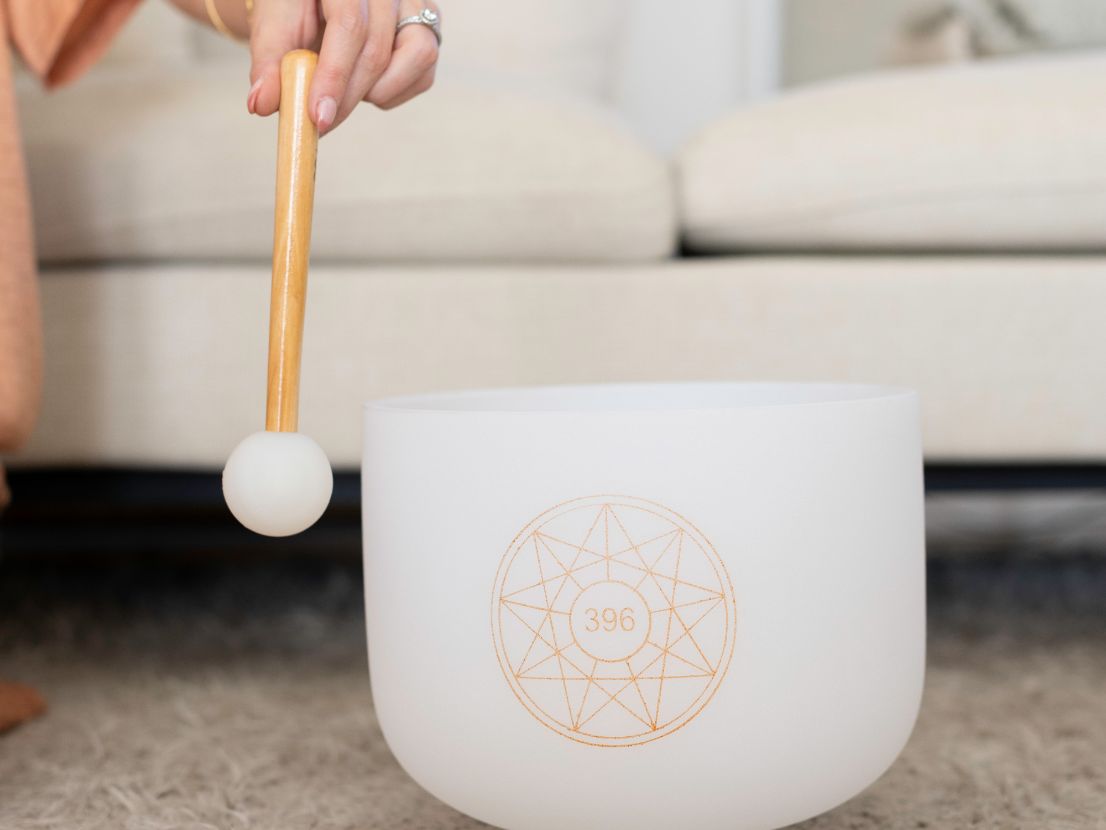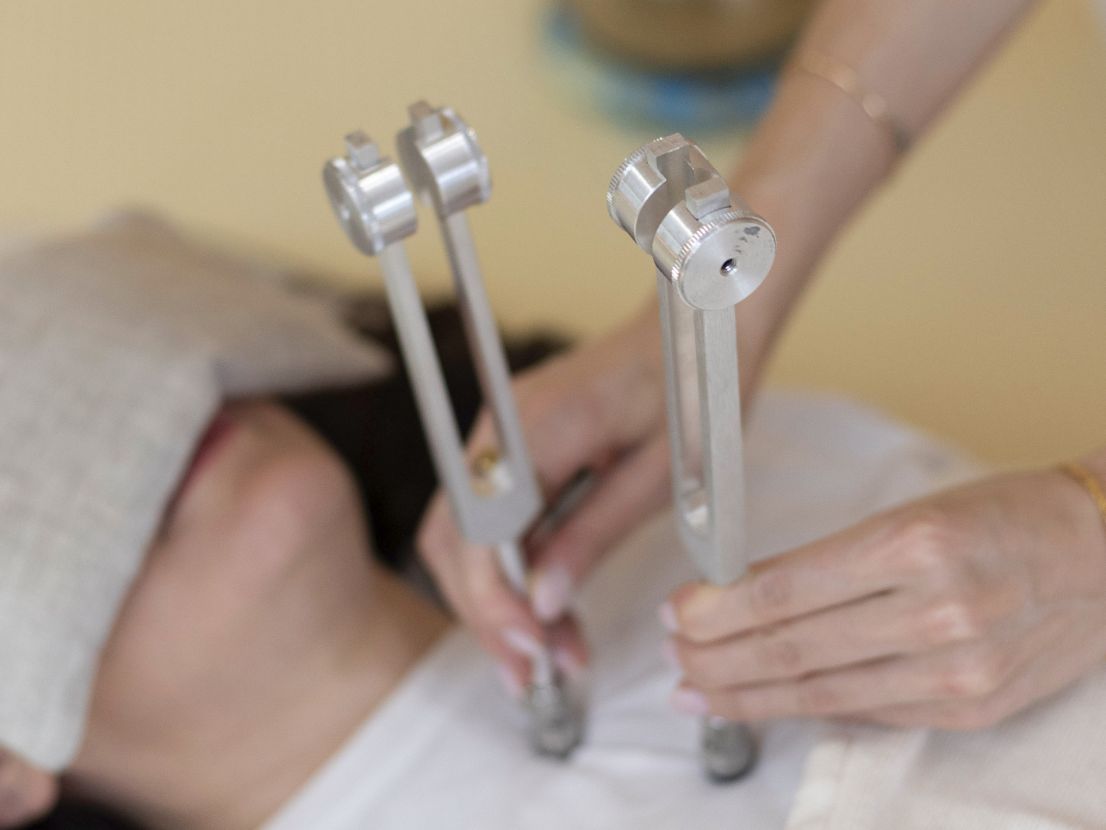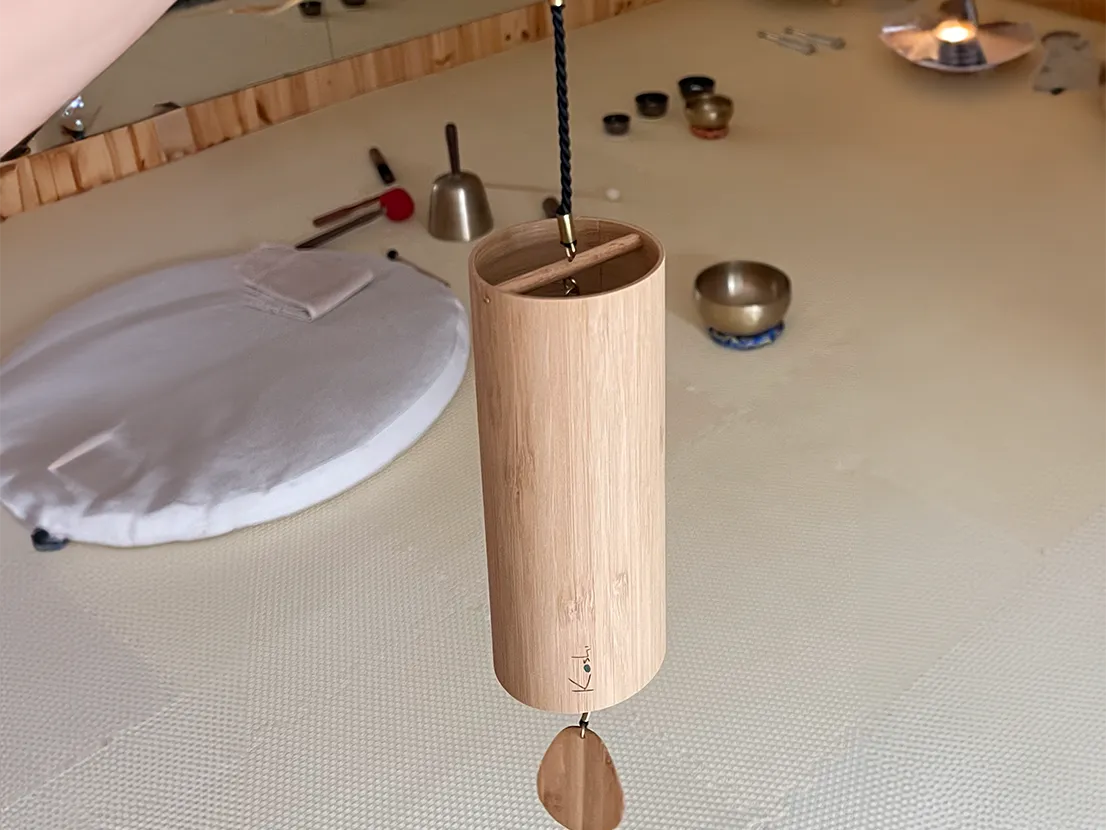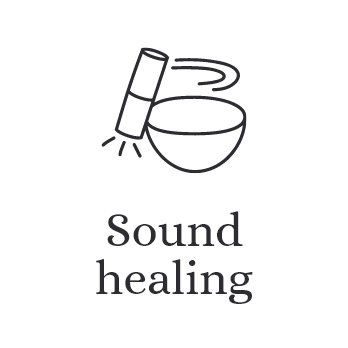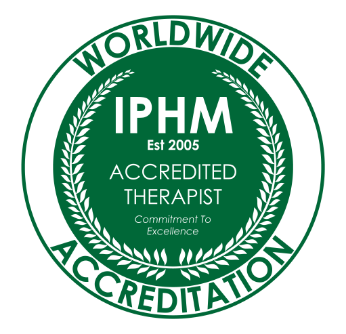The roots of sound healing
Sound healing, an ancient practice, has been integral to cultures worldwide for thousands of years. From Tibetan singing bowls in the Himalayas to Aboriginal didgeridoos in Australia, sound has served as a potent form of medicine. In various religious traditions, sound is foundational. Much like movement and dance, the use of breath, music, and sounds has been used to induce trance states, helping people move beyond their rational mind.
The sacred sound “AUM” in Hinduism represents the universe’s primordial vibration, believed to be the first element of creation. Similarly, in the bible the concept of the “Word” signifies the creative power of sound in bringing existence into being. Vedic practices like Nāda Yoga use sound and vibration to promote inner harmony and healing, while Gregorian chants in the west have also been celebrated for their calming and restorative effects.
These practices laid the foundation for the modern sound healing practices we see today.


